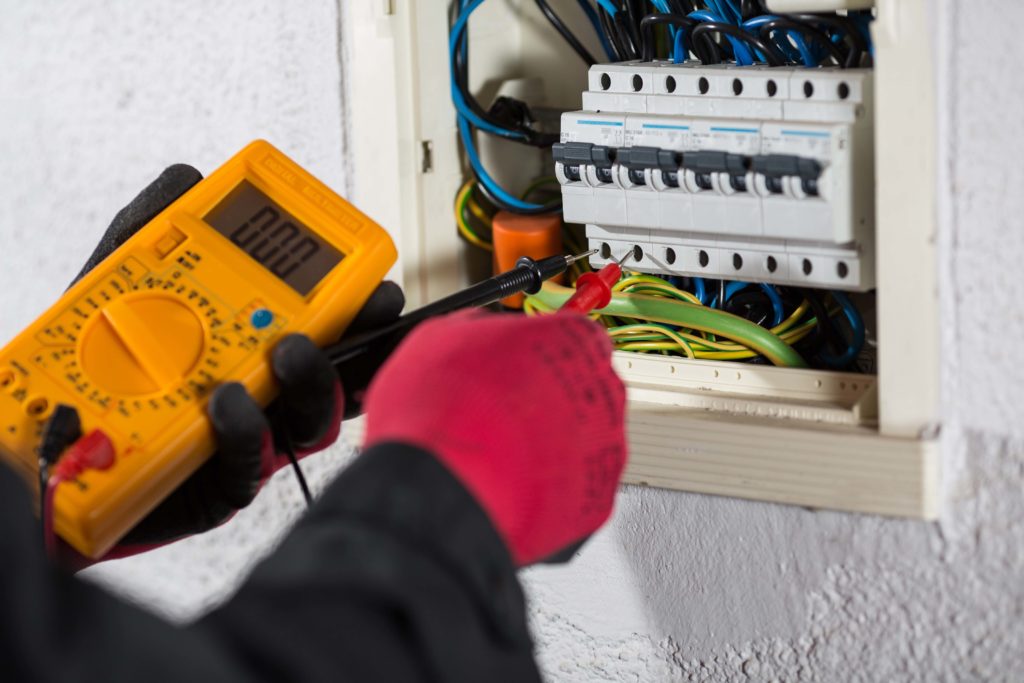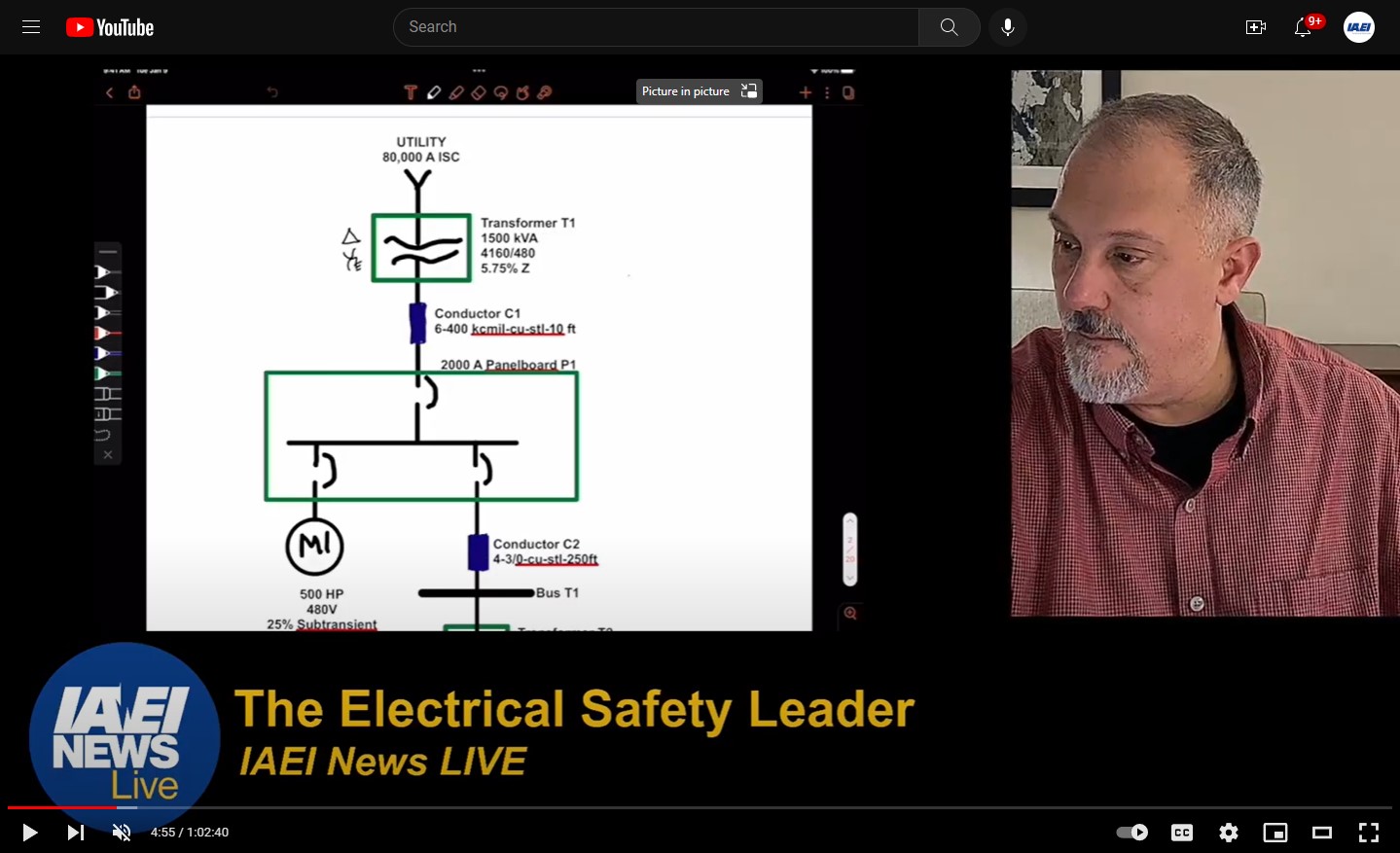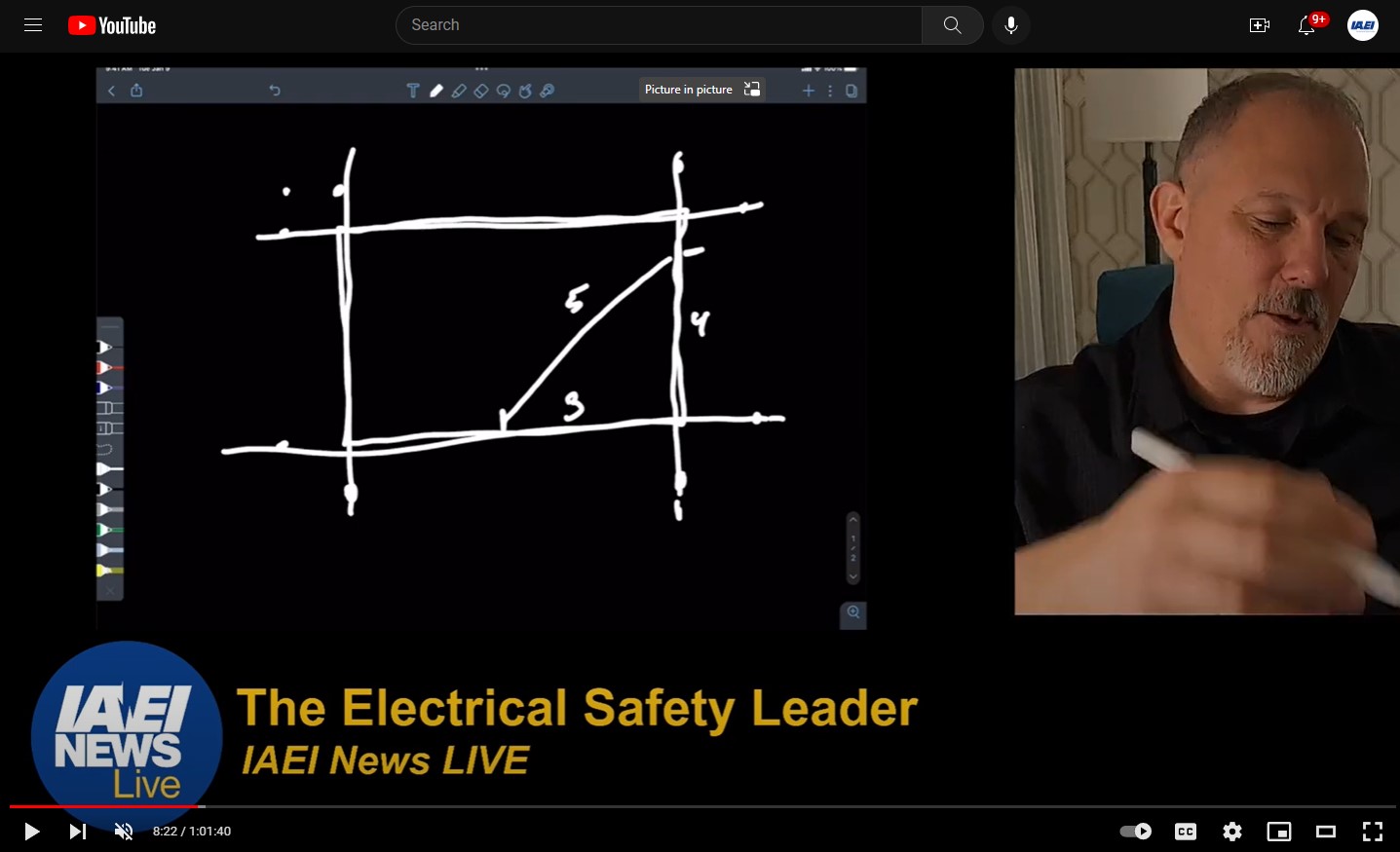The door is wide open for innovation on absence-of-voltage systems.
For more than a decade, users have deployed permanent electrical safety devices (PESDs) to reduce the risks in isolating electrical energy. This elegantly simple innovation increases the probability that workers are exposed only to “zero voltage” when doing an absence-of-voltage test.
The cumulative experiences that thousands of end users have amassed by using PESDs encouraged UL to create a new product specification for permanently mounted absence-of-voltage testers (AVTs). Because UL acted, the 2018 edition of the NFPA 70E 120.5(N) also included an exception allowing AVTs to be another way to create an electrically safe work condition – an alternative to a portable voltmeter.
Perhaps the real accomplishment in the NFPA 70E 120.5(N) is that foundational principles for permanent voltage test devices now exist in a consensus standard. Looming questions remain: Will AVTs obsolete the portable voltmeter? Will electricians trust them? How will OSHA weigh in on the use of an AVT?

No doubt, these issues will be settled over time. At least for now, guiding principles are in place to fuel innovation and determine the future for AVT product standards. The consensus standard processes, new product engineering innovations, and better product certifications will result in AVTs that will stand up to the rigors of daily use in the field by workers who depend on them daily for their safety.
Without question, the highest-risk task for qualified electrical workers is creating an electrically safe work condition. Today the minimum OSHA compliance for this task is essentially a qualified worker with a voltmeter in-hand donned in personal protective equipment (PPE) doing a voltage test inside an electrical panel. In the past decade, a deeper understanding of arc flash energy highlighted the risk of voltage exposure to health and safety managers. Since then, many Fortune 1000 companies mitigated this risk by installing hundreds of thousands of PESDs into electrical equipment as part of their safety programs as aids for isolating electrical energy during lockout/tagout (LOTO). Validated installation procedures for PESDs combined with LOTO procedures significantly reduces the likelihood that workers will be exposed to voltage when creating an electrically safe work condition.
The safety record that PESDs have built in the past 10 years laid the groundwork for the creation of another device in the PESD family – the AVT. An AVT automates the process of creating an electrically safe work condition and may ultimately eliminate the manual 6-step voltmeter test required by OSHA 1910.333(b)(2)(iv)(B). The minimum requirements for this device are described in the 2016 version of the UL-1436 specification.
Once AVTs earn industry acceptance, perhaps they will become standard features on every electrical disconnect or circuit breaker. However, industry acceptance doesn’t happen overnight, as evidenced by the history of other innovative electrical devices, such as the ground fault circuit interrupter (GFCI) outlet and the circuit breaker. Each of these labored through years of improvements and modifications before earning its place as a standard electrical device.

As a teenager in the 1970s, I watched my friend’s mom freeze with a hedge trimmer in her hand, unable to move because ground fault current was paralyzing her body. Luckily, she avoided injury because her quick-acting husband unplugged the trimmer from the 120VAC outlet. Today, these incidents rarely occur because codes require GFCI outlets on every outdoor outlet without exception.
The safety record that PESDs have built in the past 10 years laid the groundwork for the creation of another device in the PESD family – the AVT. An AVT automates the process of creating an electrically safe work condition and may ultimately eliminate the manual 6-step voltmeter test required by OSHA 1910.333(b)(2)(iv)(B). The minimum requirements for this device are described in the 2016 version of the UL-1436 specification.
Once AVTs earn industry acceptance, perhaps they will become standard features on every electrical disconnect or circuit breaker. However, industry acceptance doesn’t happen overnight, as evidenced by the history of other innovative electrical devices, such as the ground fault circuit interrupter (GFCI) outlet and the circuit breaker. Each of these labored through years of improvements and modifications before earning its place as a standard electrical device.
As a teenager in the 1970s, I watched my friend’s mom freeze with a hedge trimmer in her hand, unable to move because ground fault current was paralyzing her body. Luckily, she avoided injury because her quick-acting husband unplugged the trimmer from the 120VAC outlet. Today, these incidents rarely occur because codes require GFCI outlets on every outdoor outlet without exception.
NFPA 70E 120.5(N)
“Exception No. 1: An adequately rated permanently mounted test device (a) shall be permitted to be used to verify the absence of voltage of the conductors or circuit parts at the work location, provided it meets the all following requirements: (1) It is permanently mounted and installed in accordance with the manufacturer’s instructions and tests the conductors and circuit parts at the point of work (b); (2) It is listed and labeled (c) for the purpose of verifying the absence of voltage; (3) It tests each phase conductor or circuit part both phase-to-phase and phase-to-ground; (4) The test device is verified as operating satisfactorily on any known voltage source before and after verifying the absence of voltage. (d)
“(a) A robust high-impedance design combined with an overvoltage rating of CAT III(1000V)/IV(600V) ensures that voltage surges do not damage the device and create an unsafe or dangerous condition. Power distribution systems are good applications for permanently mounted test devices but require a minimum of a CAT IV(600V) overvoltage rating.
“(b) The phrase “installed in accordance with the manufacturer’s instructions and tests the conductors and circuit parts at the point of work” reaffirms that permanently mounted test devices require a validated installation procedure documented by the end user for every installed device. The concept of “proper installation” is a common theme in each new edition of the NFPA 70E. Obviously, permanently mounted test devices are both dangerous and useless if installed incorrectly or not at the “point of work.”
“(c) A suitable “listed and labeled” absence-of-voltage tester also needs a listing and labeling for the correct environmental enclosure rating (UL type and IP) as well as a suitable overvoltage rating.
“(d) Over the past several years, many users began using CAT III/IV UL-listed impedance protected test points with a CAT III/IV UL listed voltmeter to verify absence of voltage from outside the electrical panel. This combination of a portable device and permanent adequately rated devices is an example of an innovation that clearly meets the intent of requirements of NFPA 70E 120.5(N)(3)-(4).
The most important far-reaching effect of the UL-1436 specification is the introduction of a reliability standard based on a Safety Integrity Level 3 (SIL-3) for absence-of-voltage testing systems. Notice that the term “system” is used because only a system, not a device, can be SIL-3 rated.
Furthermore, a SIL-3-rated “system” does not require all, or any, SIL-3 components, but rather must be engineered to both fail safely and meet a minimum uptime reliability performance measure. With the foundational principles of PESDs laid out in NFPA 70E 120.5(N), the door is now wide open for plenty of innovation on absence-of-voltage systems.
What forces will affect today’s accepted practice of creating and verifying an electrically safe work condition? Getting back to the GFCI story, I can’t remember the last time I used an electric hedge trimmer with an extension cord. Why? Because all of my yard tools are now battery-powered. In this case, forces such as product standards, consensus standards, and field experience application will inevitably collide with other as-yet-unknown forces to help answer this question in the years to come.
At least for now, permanent absence-of-voltage testing devices are recognized in a consensus standard and also have a product specification with a nationally recognized testing laboratory. Let’s enjoy this journey and see where it will take us.















Find Us on Socials